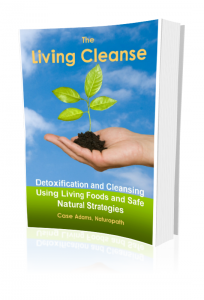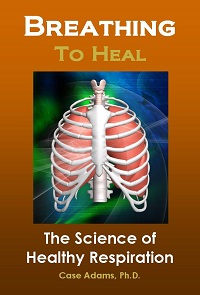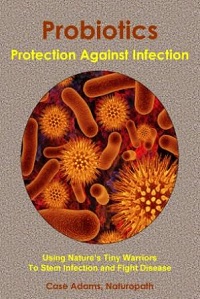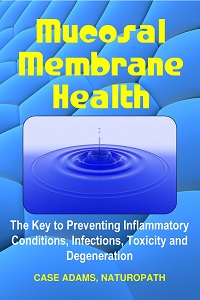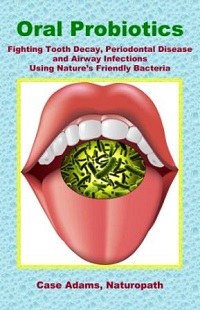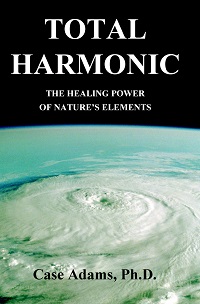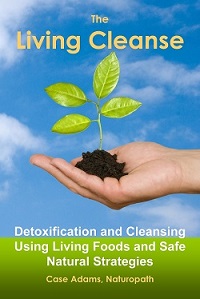Childhood Exposure to Chemicals Linked to Obesity

Obesity in kids linked to toxin exposure.
Today we are facing obesity in a larger and larger segment of the population. Yes, too little exercise and overeating are factors. But a growing body of evidence is finding that obesity in children and adults is linked to a person’s exposure to chemicals during childhood – and even while still in the womb.
In this article
Obesity and metabolic syndrome linked to early chemical exposure
In a 2017 study, researchers from the State University of New York tested 548 adults from Georgia. The researchers measured the adults’ previous exposures to polychlorinated biphenyl (PCB) and organochlorine chemicals. This is because these chemicals are persistent – they can remain inside fat cells for many years.
The researchers found those with prior exposures to these chemicals had between a 61 and 136 percent greater risk of obesity and metabolic syndrome compared to those with those without prior exposures to these chemicals.
Metabolic syndrome is identified as the link between obesity, diabetes and heart disease. We have also discussed research linking obesity and cancer.
Boyhood obesity linked to DDT exposure
A 2017 study from the University of California at Berkeley studied the association between obesity and fetal exposure to the chemicals dichlorodiphenyltrichloroethane (DDT) and dichlorodiphenylethylene (DDE). The researchers tested 240 children.
The scientists found that at 12 years old, boys who were born of mothers exposed to DDT and DDE during pregnancy had a significantly greater degree of obesity compared to those who were not exposed.
The association was not true of girls. The reasons lie with something called the obesogen hypothesis.
What is the obesogen hypothesis?
This hypothesis has been developed after a decade of research showing that exposure to certain chemicals while in the womb or as children increases the risk of obesity. The chemicals interrupt a child’s normal hormone processes. This, in turn, leads to a greater risk of obesity.
The trick is that these obesogens – chemicals that interrupt early hormone development – can affect boys and girls differently. And this also depends upon the type of chemical the child is exposed to.
Let’s take a look at some of the other research illustrating this effect.
Large study links obesity and chemicals
Research from Spain’s Center for Research in Environmental Epidemiology has confirmed that exposure to certain environmental pollutants in the womb produces a greater incidence of obesity and rapid growth among infants and children.
In the most recent study, the researchers followed over 4,600 infants between 2003 and 2008 who were between the age of six months and fourteen months. Within this population, they identified 1,285 children who had experienced rapid growth during their first year and 1,198 overweight babies by the time they were 14 months of age.
During the last trimester of pregnancy, the mothers’ blood was collected and analyzed for a number of pollutants, including polychlorinated biphenyls (PCB), dichlorodiphenyldichloroethylene (DDE) and hexachlorobenzene (HCB).
The researchers then collected data relating to the body mass index of each child – measuring that at six months and then again at 14 months.
The researchers found that DDE and HCB were both associated with rapid growth among the infants as well as being overweight at fourteen months.
The researchers concluded:
“Prenatal exposure to DDE and HCB may be associated with early postnatal growth. Further research is needed to evaluate the persistence of these associations at older ages.”
Chemical exposures can continue to affect obesity
This study confirms an earlier study done by some of the same researchers. This study, however, focused upon children who were older – with an average age of 6.5 years.
This study followed 344 Spanish children between 1997 and 1998, comparing their body mass index at 6.5 years old with their exposure to polychlorinated biphenyls (PCBs), dichlorodiphenyldichloroethylene (DDE), and/or dichlorodiphenyltrichloroethane (DDT) within the womb.
This study again found that the incidence of obesity among the children was significantly higher for those with higher exposures to PCBs and DDE. The increased obesity rate among those with heightened PCB exposure (third tertile) was 70%, while the heightened incidence of obesity among those exposed to greater levels of DDE (second tertile) was 67%.
And then there are diabetogens
Some of these same chemicals – considered “persistent organic pollutants” by many researchers – can also boost the risk of diabetes. Researchers from the Nice Hospital and France’s National Institute of Health and Medical Research (INSERM) found a strong statistical association between diabetes and the exposure to the following chemicals:
- pesticides
- polychlorinated bisphenyls
- bisphenol A
- phthalates
- dioxins
- aromatic polycyclic hydrocarbides
- heavy metals
Pollutants and fat cells
Interestingly, the link between DDT and obesity increased with greater intake of fats, confirming what other research has found about DDE, DDT and other chlorinated compounds – that they tend to be fat soluble, which leads them to bioaccumulate within fat cells of the body.
DDE is a derivative of DDT – absent one hydrochloride molecule. In other words, DDT will break down into DDE in nature. Past exposure to DDT comes either from pesticides sprayed or through foods. DDE has been linked to numerous ecological disasters, including the narrowly-avoided extinction of certain eagles and pelicans.
While DDT was banned by the U.S. Environmental Protection Agency (EPA) in 1972, its use has continued in some countries – though most stopped DDT use in the 80s and 90s. Even today, between three and four thousand tons of DDT are produced in the U.S. every year – and sprayed as vector control (mosquitoes mostly, but also other insect invasions). DDT is also still sprayed on cotton.
These chlorinated compounds have been found to be significant endocrine disruptors – possibly explaining why they appear to change the way children develop and gain weight. We have a lot more to learn about them as we continue being the subjects of this massive “human experiment” being conducted upon us by the world’s chemical manufacturers.
REFERENCES:
Warner M, Ye M, Harley K, Kogut K, Bradman A, Eskenazi B. Prenatal DDT exposure and child adiposity at age 12: The CHAMACOS study. Environ Res. 2017 Nov;159:606-612. doi: 10.1016/j.envres.2017.08.050.
Rosenbaum PF, Weinstock RS, Silverstone AE, Sjödin A, Pavuk M. Metabolic syndrome associated with exposure to organochlorine pesticides in Anniston, AL, United States. Environ Int. 2017 Nov;108:11-21. doi: 10.1016/j.envint.2017.07.017.
Fénichel P, Chevalier N. Environmental endocrine disruptors: New diabetogens? C R Biol. 2017 Sep – Oct;340(9-10):446-452. doi: 10.1016/j.crvi.2017.07.003.
Jackson E, Shoemaker R, Larian N, Cassis L. Adipose Tissue as a Site of Toxin Accumulation. Compr Physiol. 2017 Sep 12;7(4):1085-1135. doi: 10.1002/cphy.c160038.
Valvi D, Mendez MA, Garcia-Esteban R, Ballester F, Ibarluzea J, Goñi F, Grimalt JO, Llop S, Marina LS, Vizcaino E, Sunyer J, Vrijheid M. Prenatal exposure to persistent organic pollutants and rapid weight gain and overweight in infancy. Obesity (Silver Spring). 2013 Aug 20. doi: 10.1002/oby.20603.
Valvi D, Mendez MA, Martinez D, Grimalt JO, Torrent M, Sunyer J, Vrijheid M. Prenatal concentrations of polychlorinated biphenyls, DDE, and DDT and overweight in children: a prospective birth cohort study. Environ Health Perspect. 2012 Mar;120(3):451-7. doi: 10.1289/ehp.1103862.
Shafei AE, Nabih ES, Shehata KA, Abd Elfatah ESM, Sanad ABA, Marey MY, Hammouda AAMA, Mohammed MMM, Mostafa R, Ali MA. Prenatal Exposure to Endocrine Disruptors and Reprogramming of Adipogenesis: An Early-Life Risk Factor for Childhood Obesity. Child Obes. 2017 Oct 11. doi: 10.1089/chi.2017.0180.

